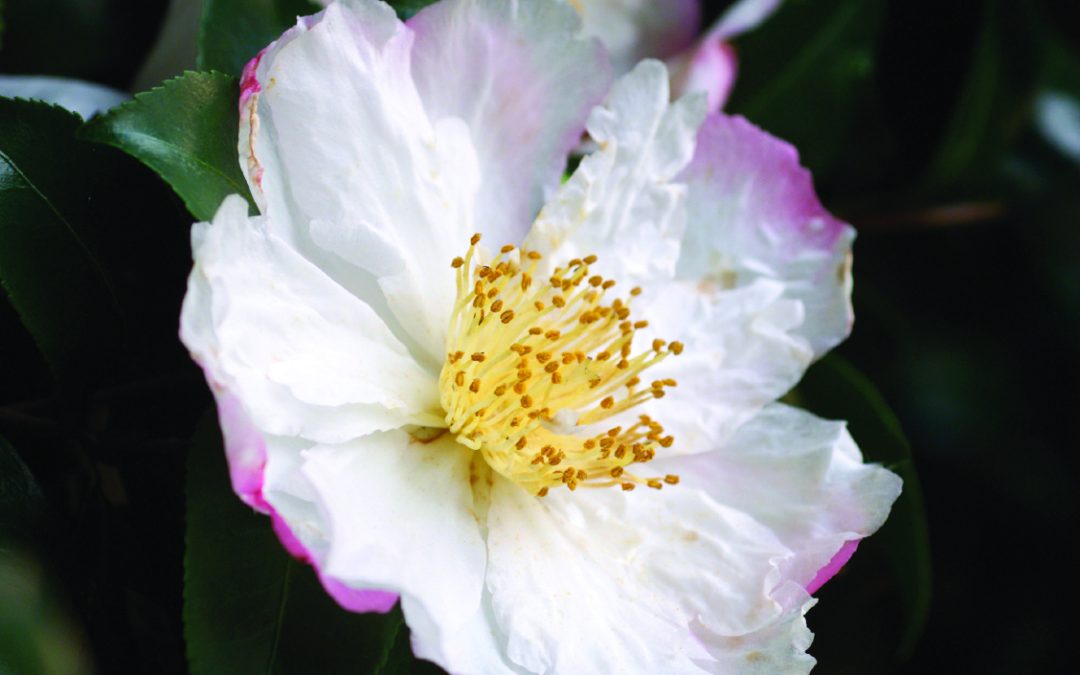Flowers evoke memories and sentiments, and perhaps the camellia, with its showy flowers that bloom when spring is but a promise, does more so than most. It has long been a tradition to float camellias in a cut-glass bowl, preferably an heirloom, and back when church ladies wore corsages, a camellia plucked from the garden was the flower that adorned the frock of many a southern lady. In Mississippi, in the older parts of town, gardeners knew where the beloved red japonica camellia, Professor Charles S. Sargent, and the white japonica ‘Alba Plena’ grew and would take circuitous routes around town to witness the gorgeous, dramatic profusion of blooms in late February. And, of course, the famous gardens of the South have garden tours when the camellias bloom and thus inspire wanderlust.
Even though we think of camellias as quintessential plants of Southern gardens, these much-loved flowering shrubs are actually native to China and eventually found their way to our gardens via Europe. In the northern part of the United States, camellias could only thrive in greenhouses or conservatories, but in the South, camellias found a welcome environment.
There are many species of camellias, but the ones that grace our gardens are usually Camellia sasanqua or Camellia japonica. Camellia sasanqua blooms in the fall and winter, and it is not uncommon to have camellias as part of the centerpiece at Thanksgiving or Christmas. Camellia japonica has a winter or very early spring bloom. It is hard to predict japonica’s exact bloom-time, but after a cold winter, the arrival of these flowers will be exhilarating. Essentially, camellias bloom in the fall, winter, and early spring when flowers are not as prolific as other times of the year.
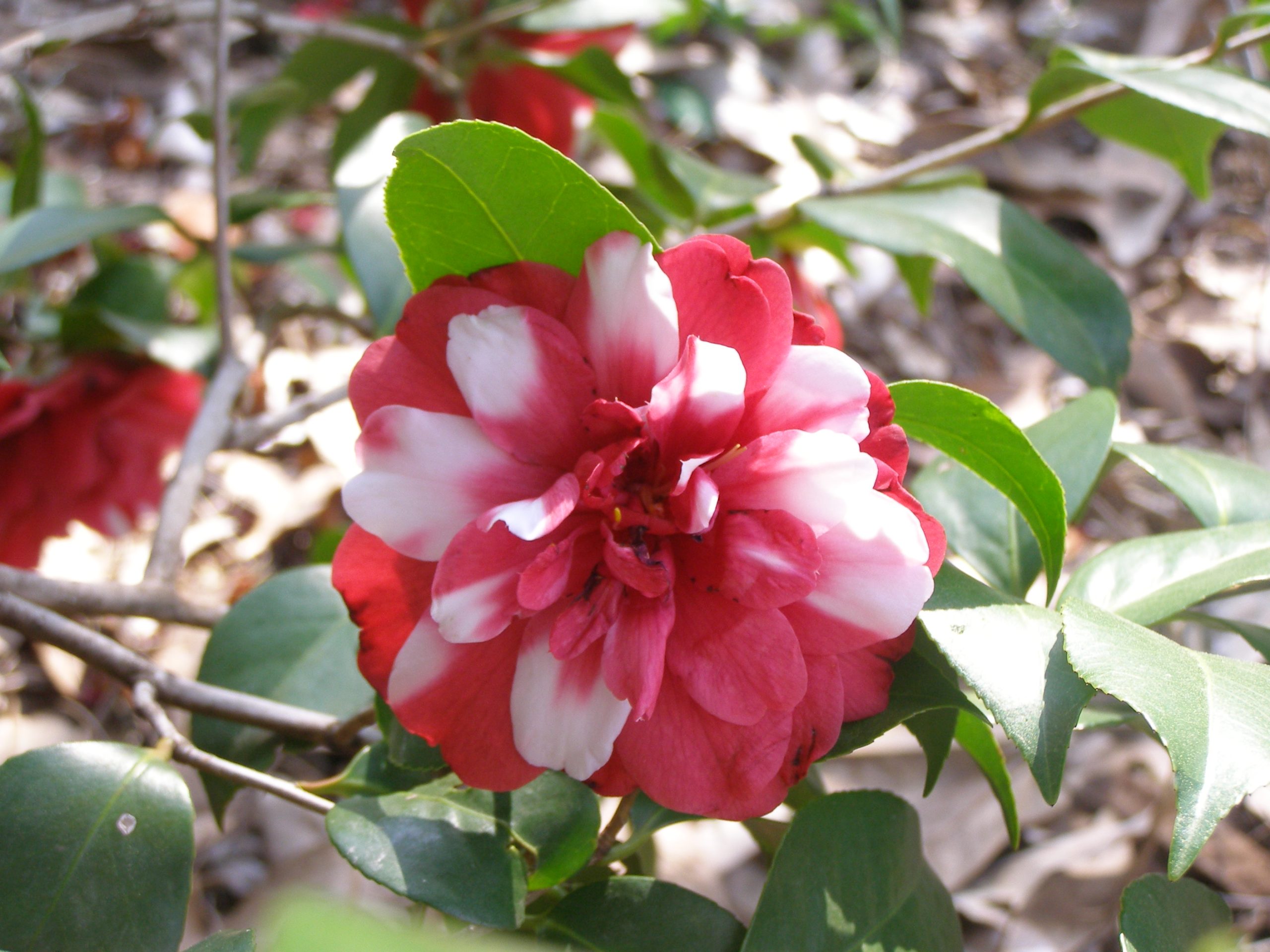
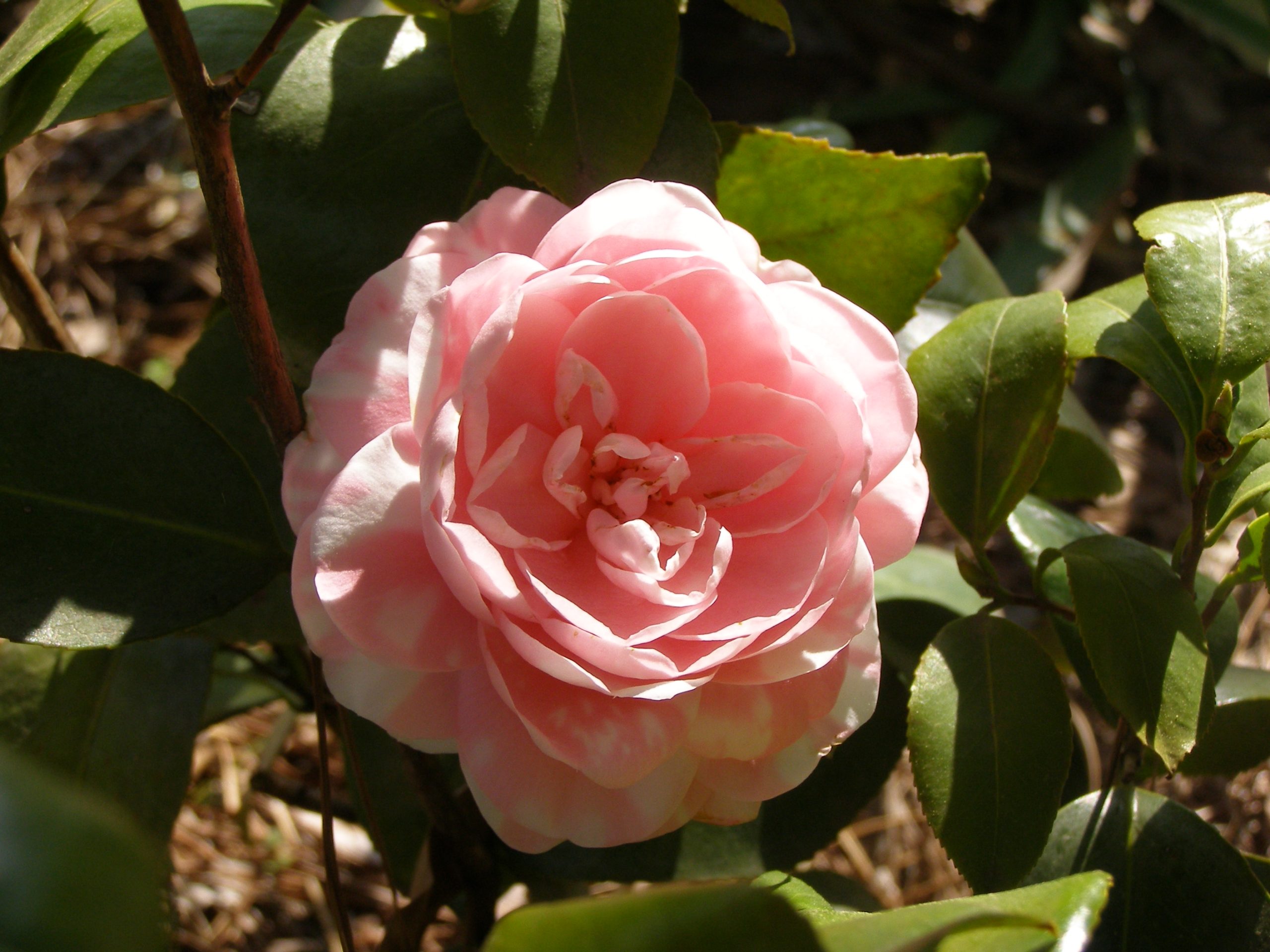
Another species of camellia, Camellia sinensis, is one you will probably not find in your garden, but it is the plant from which tea is made. The camellia tea leaves have been used to brew the proverbial pot of tea and have been cultivated in China for thousands of years. Eventually, this soothing beverage found its way to Europe, and in England became a tradition.
Camellia sinensis did not adapt as well as its camellia cousins to the New World and was never a successful crop or garden shrub, so the prospect of harvesting tea leaves from the garden is relatively remote. However, there is a thriving tea plantation in South Carolina. Perhaps someday, some enterprising agronomist will develop a hybrid for crop production. We drink so much iced tea in the South that it would have to be profitable!
Of course, we grow camellias for their lovely flowers, but camellias are also handsome evergreen shrubs with waxy, dark green leaves. Like azaleas, camellias will grow in partial shade and actually prefer filtered sunlight. (Are we not always looking for plants that will thrive and bloom in the shady part of the garden beneath the tree canopy?)
Camellias prefer well-drained, acidic soil. The ground around camellias should never be cultivated. Instead, mulch with shredded oak leaves, pine straw, or pine bark. Yellow leaves are a telltale sign that the soil is not acidic enough and should be amended. Like most plants, camellias welcome water during the dry months of summer. Camellias should be pruned right after they have bloomed.
Camellias may be planted any time during the growing season, but when it comes to selecting color and flower features, it may be beneficial to purchase the plant while in bloom. If overwhelmed by nostalgia for grandmother’s garden, there are many tried and true, old-fashioned camellias that still delight and are dependable. Some historic favorites are Lady Hume’s Blush, Purple Dawn, Chandleri Elegans, and, as mentioned before, Alba Plena and Professor Charles S. Sargent.
While Camellia japonicas are the most historical, to have continuous blooms from fall to early spring, be sure to include Camellia sasanquas in your garden. For those gardeners who live in the northern part of the state where frigid weather can sometimes wreak havoc with camellias, there are now many cold-hardy hybrids available that can withstand plummeting temperatures. One of my favorites is the Shishigurha, a low-growing, hardy shrub that sports a proliferation of deep rose blooms with long yellow stamens. When not in bloom, the dark green leaves are so very handsome. This camellia is an excellent alternative to the ubiquitous yaupon.
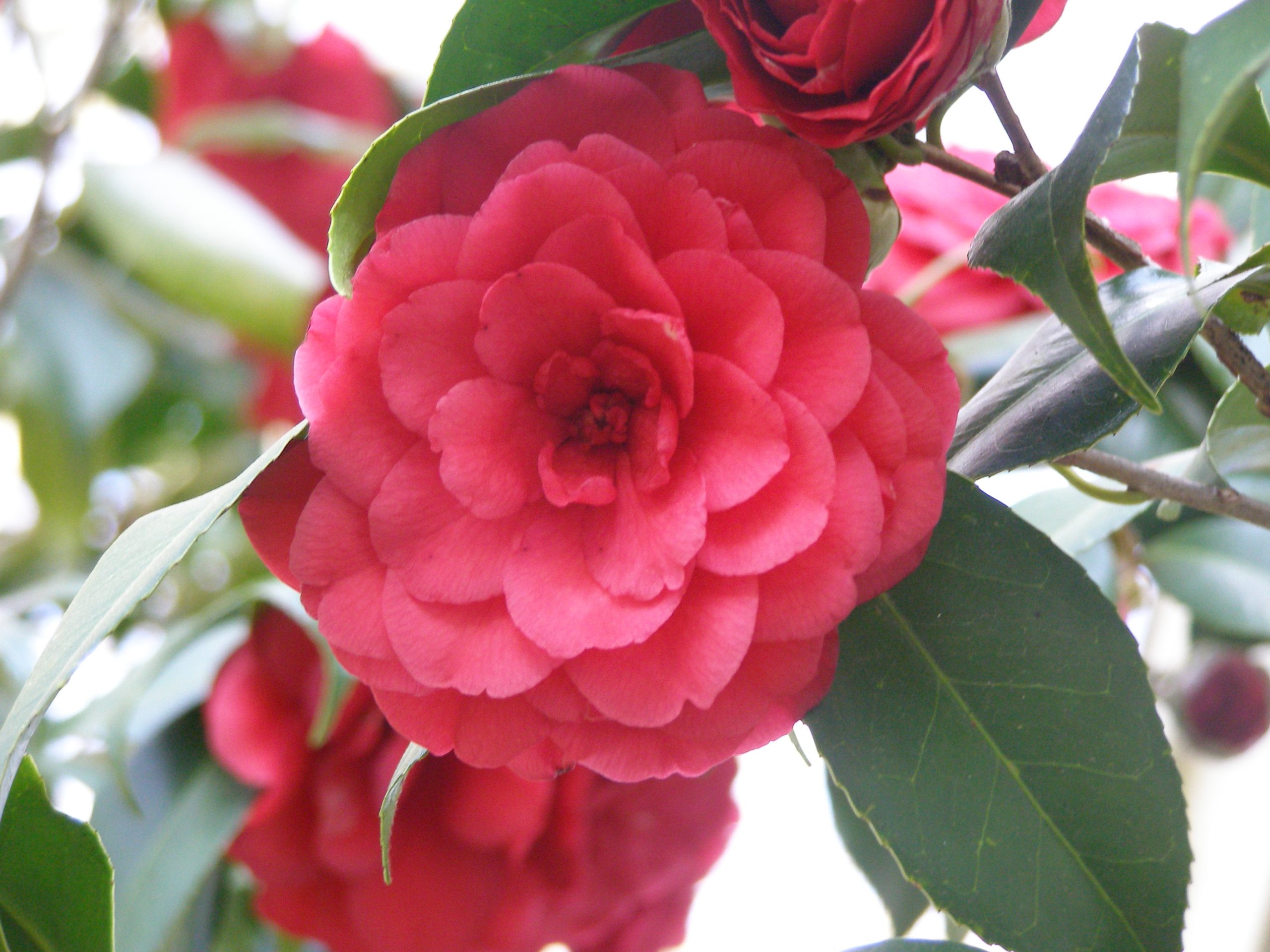
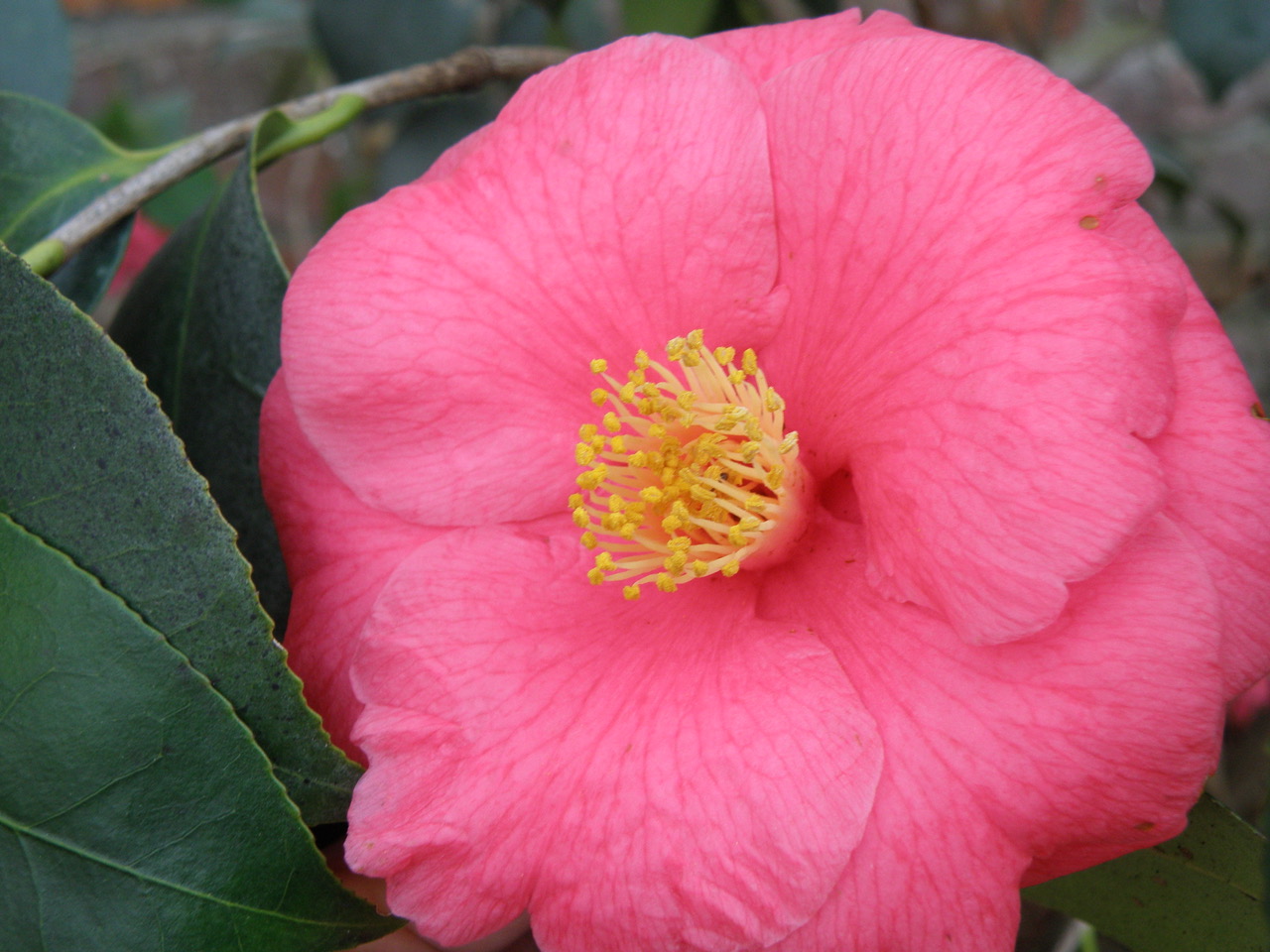
The American Camellia Society is a great source of information about camellias, and there are many beautiful, informative books about camellias to peruse on a cold winter’s night. In Mississippi, there are three public gardens with impressive collections of camellias listed on the American Camellia Society’s Camellia Trail: the Natchez National Historical Park’s Melrose Estate in Natchez, the Eudora Welty House and Gardens in Jackson, and Mynelle Garden Arboretum and Botanic Center in Jackson.
Camellias are so lovely and bloom when the world needs to behold an exquisite flower. In my hometown of Tupelo, three genteel ladies, who were avid gardeners and neighbors, grew camellias. These lovely ladies are now long gone, but their camellias still faithfully bloom, and I still fondly remember them, especially at camellia time. The camellias, remnants from their once pampered gardens, continue to brighten one small corner of the world. M

